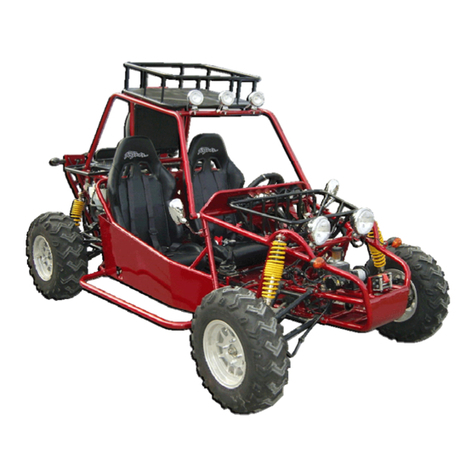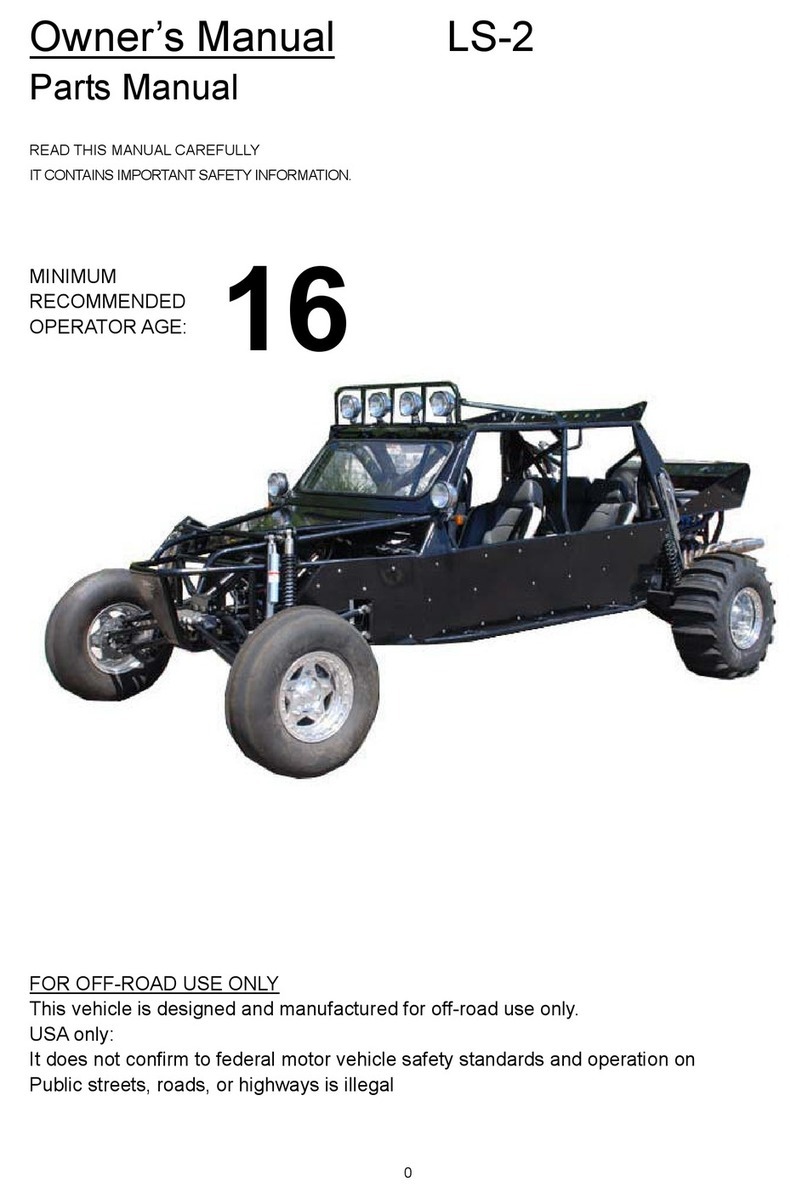Joyner JNSZ1100SV User manual
Other Joyner Utility Vehicle manuals
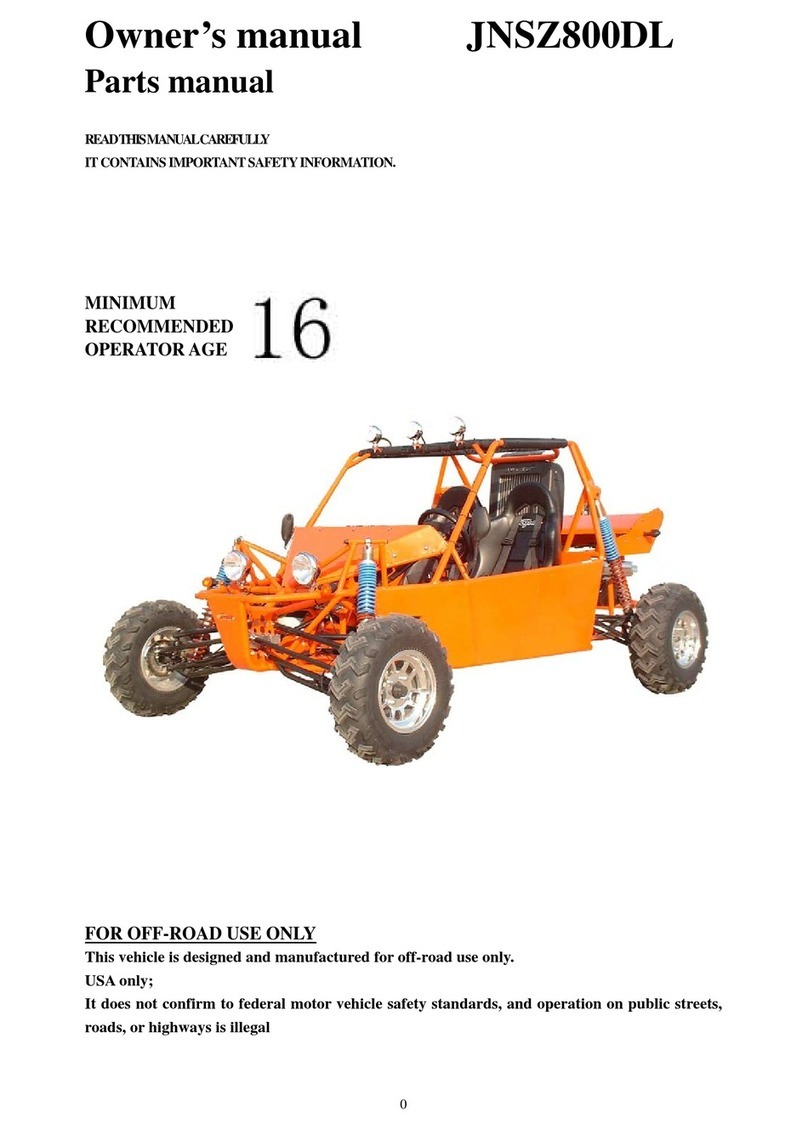
Joyner
Joyner JNSZ800DL User manual

Joyner
Joyner JNSZ150DS User manual
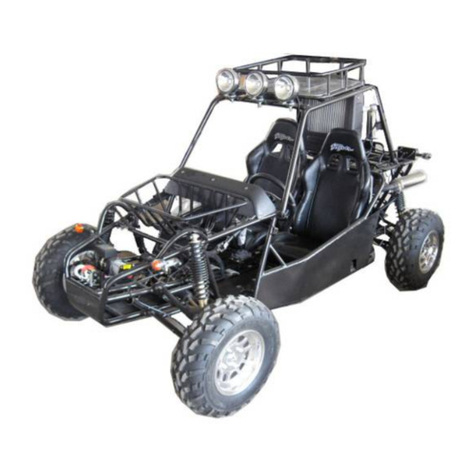
Joyner
Joyner JNSZ650DLB User manual
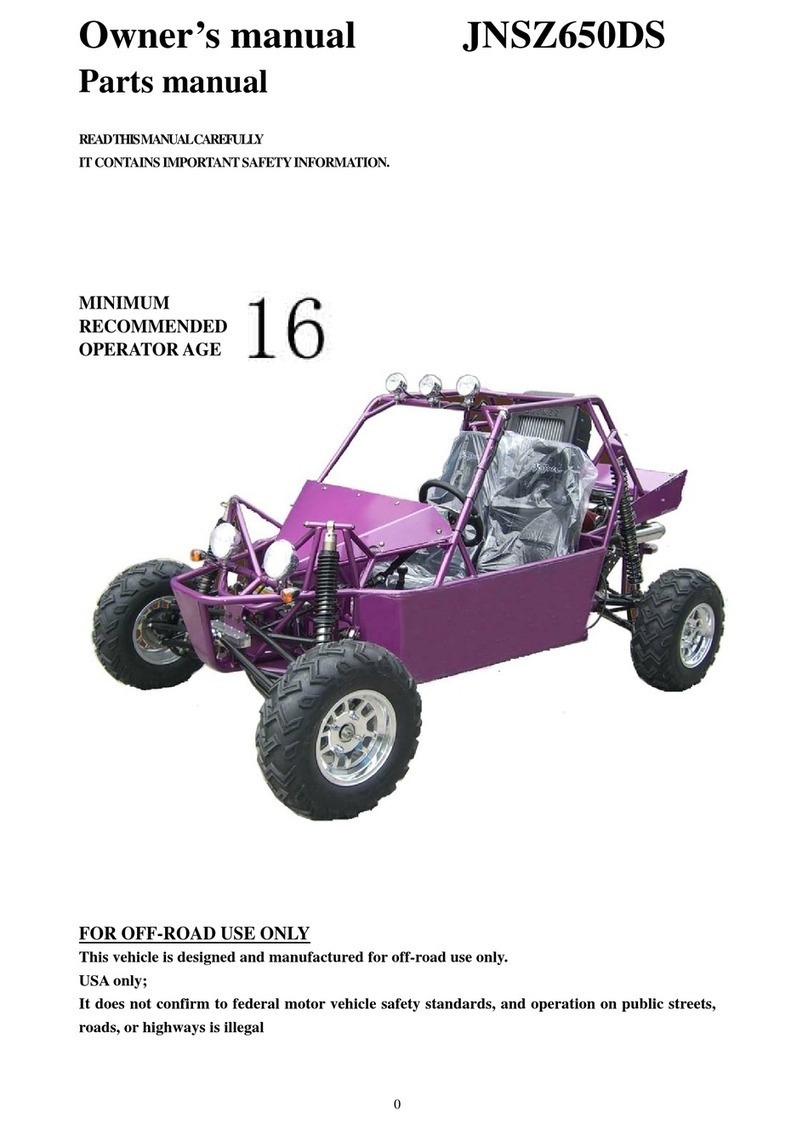
Joyner
Joyner Go-kart JNSZ650DS User manual
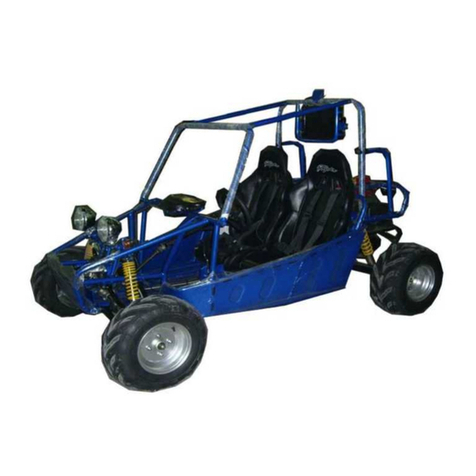
Joyner
Joyner Dirt Devil SZ250DS 2006 User manual
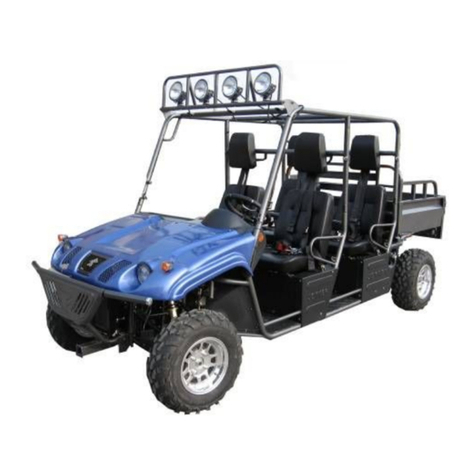
Joyner
Joyner JNSZ650UV4S User manual
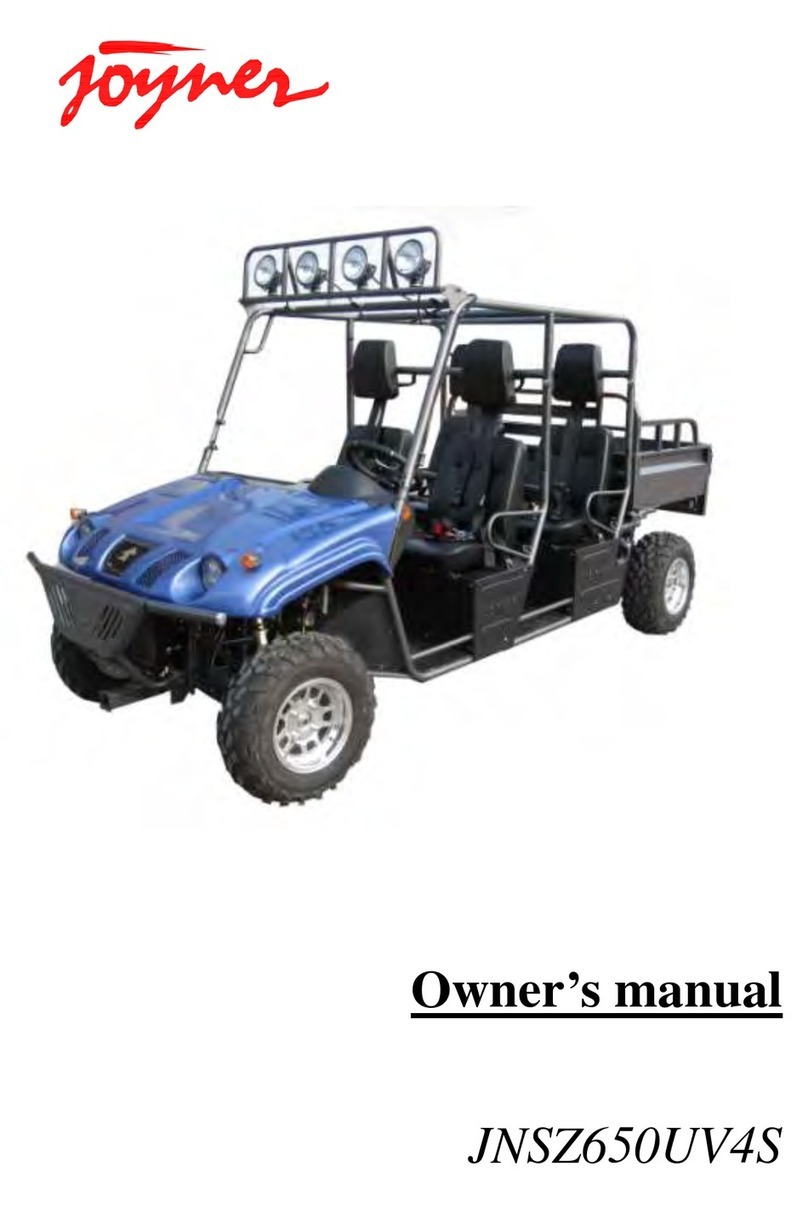
Joyner
Joyner JNSZ650UV4S User manual
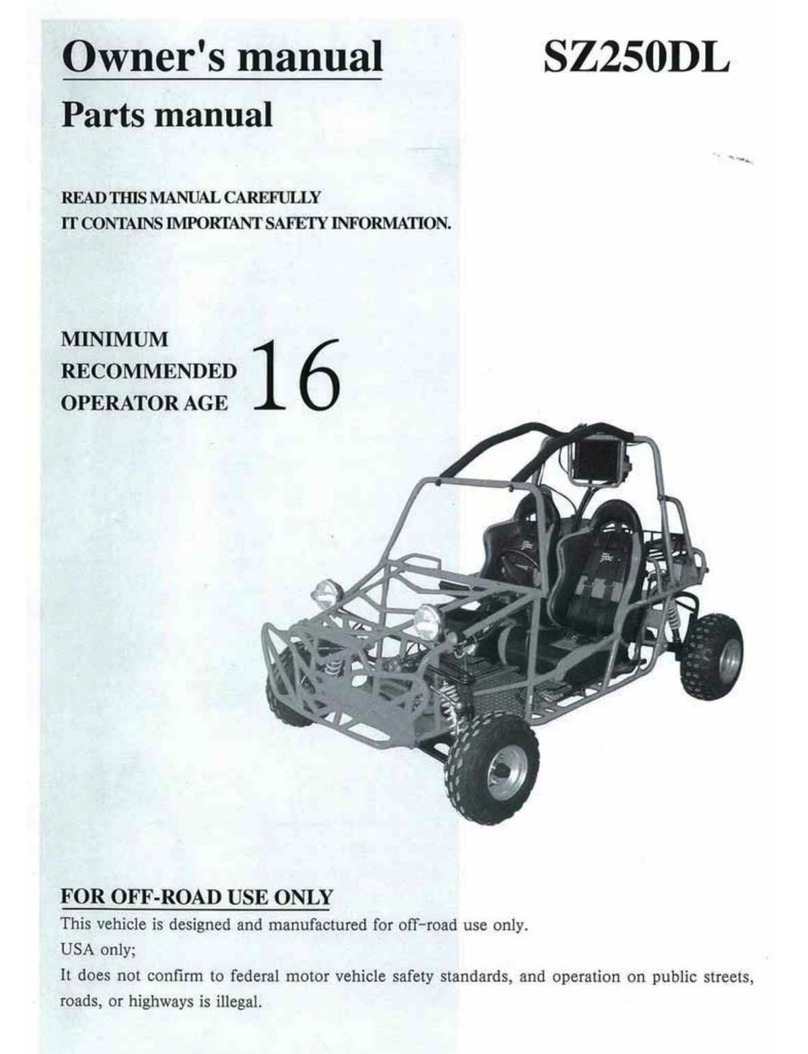
Joyner
Joyner Dirt Devil 250 2004 User manual
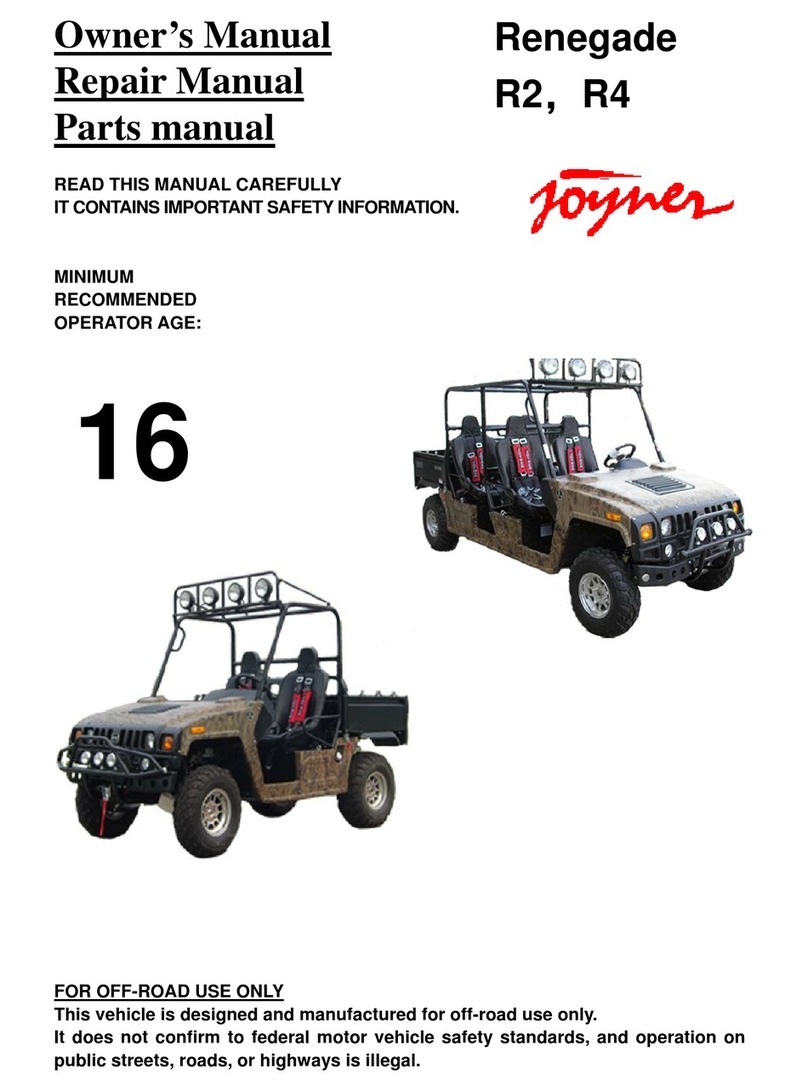
Joyner
Joyner Renegade R2 User manual
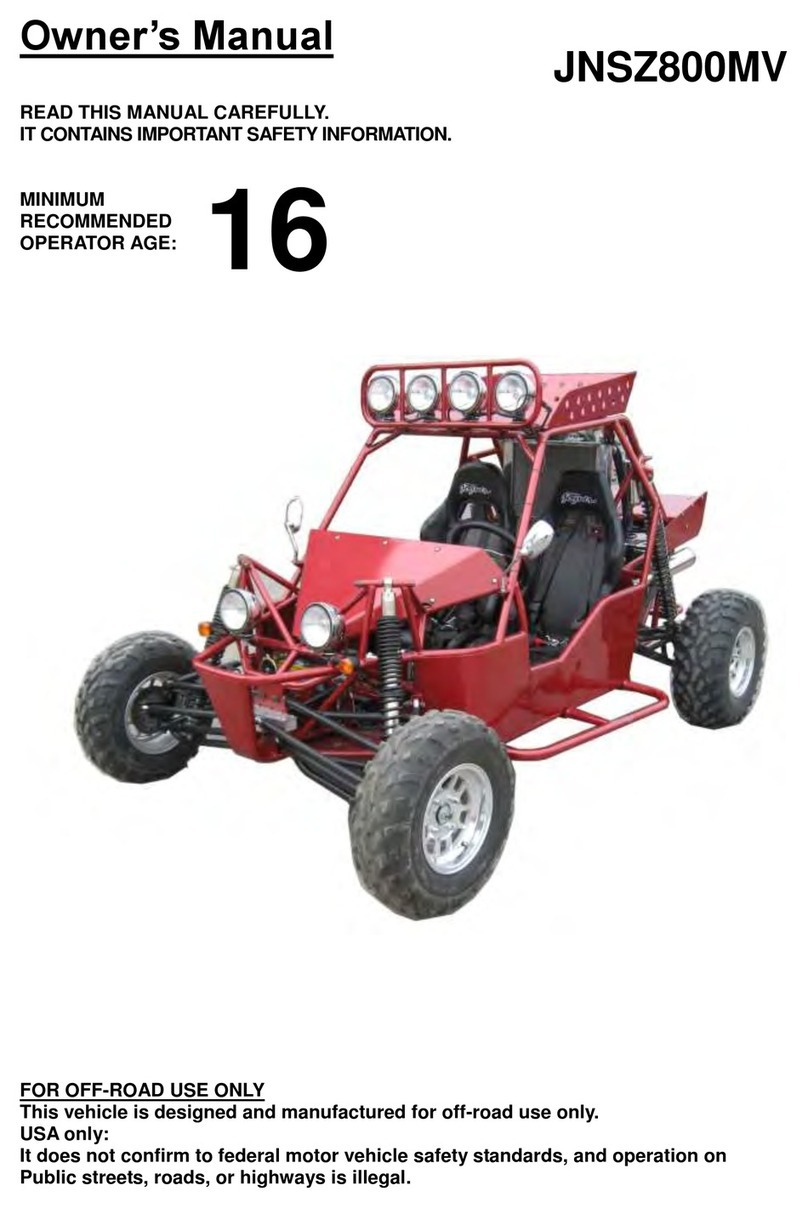
Joyner
Joyner JNSZ800MV User manual
Popular Utility Vehicle manuals by other brands

Cushman
Cushman Turf Truckster 84069 Parts & maintenance manual

Landoll
Landoll 900D Series Operator's manual

Westward
Westward Go-4 XTR Operator's manual

Club Car
Club Car Carryall I 1999 owner's manual

Etnyre
Etnyre Street Flusher operation, maintenance, parts and safety manual

Landoll
Landoll 340 Operator's manual
